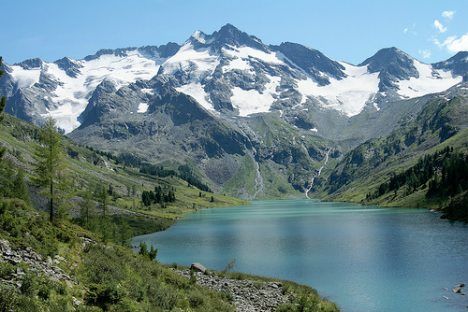Types of Biomes
Key Questions
-
Answer:
There are many examples of biomes.
Explanation:
Some examples of forest biomes include the tropical subtropical moist broadleaf forests and the taiga. Tropical subtropical moist broadleaf forests are characterized by a high amount of rainfall and little variation in annual temperature. They are generally found around the equator.
 )
) Taiga is the world's largest biome. They are found in the north and have low temperatures. Precipitation mainly falls as snow.

Grassland biome examples include savanna and temperate grasslands. Savannas have relatively stable and high temperatures year round. They also typically have a dry season and a wetter season. There is not enough rainfall for a forest, but savannas contain some shrubs and trees as well as grasses.
 )
) Temperate grasslands have less rainfall than savannas do and they experience greater variation in temperature when compared to savannas.
 )
) -
Answer:
A biome is a community of flora and fauna.
Explanation:
A biome is a classification term used by ecologists. Biomes are large areas that consistent of multiple ecosystems. Abiotic factors such as climate and geography determine what organisms can live in a particular biome.
The number of biomes differs depending on who is doing the classification. Some consider there to be five main biomes: aquatic biomes, desert biomes, forest, grassland, and tundra biomes. Others break down the aquatic biome into freshwater and saltwater. Below is a map showing one classification of biomes.
 )
) Biomes are organized based on their general vegetation which is determined by the amount of precipitation the area receives and the temperature of the area.
To learn more, check out this page on biomes of the world.